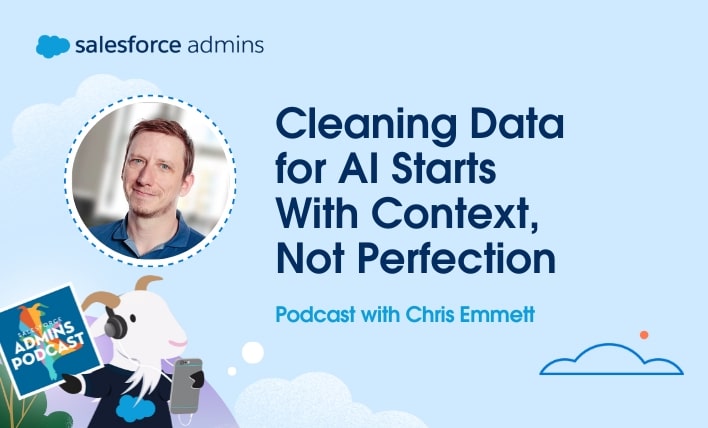Today on the Salesforce Admins Podcast, it’s another deep dive with Josh Birk as he talks to Bobby Brill, Senior Director of Product for Einstein Discovery. Join us as we chat about how you can use Model Builder to harness the power of AI with clicks, not code. You should subscribe for the full episode, […]






